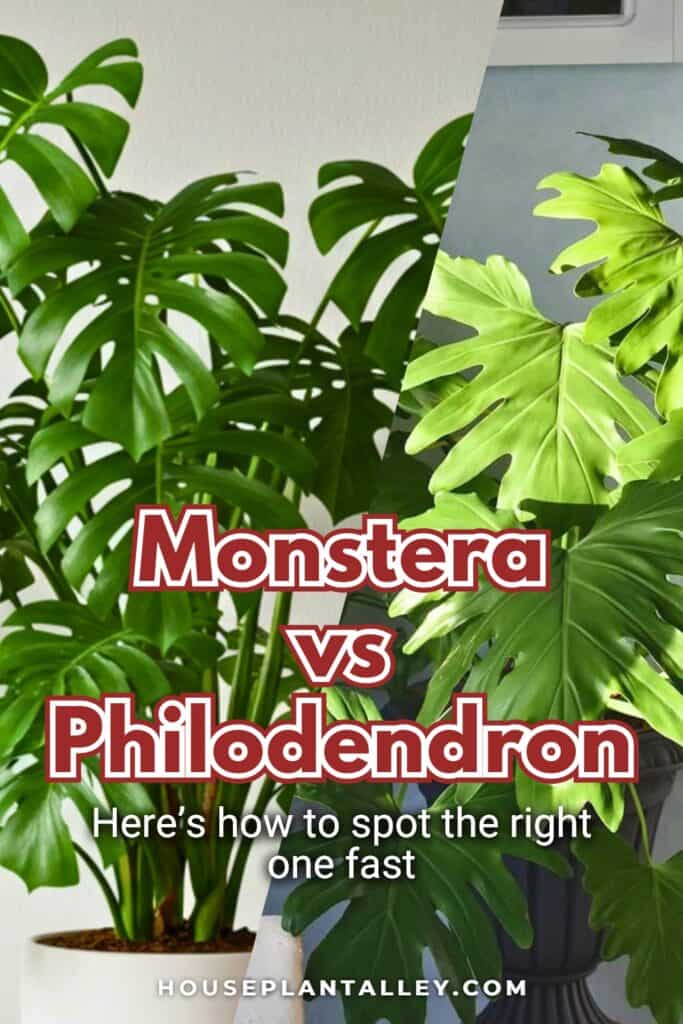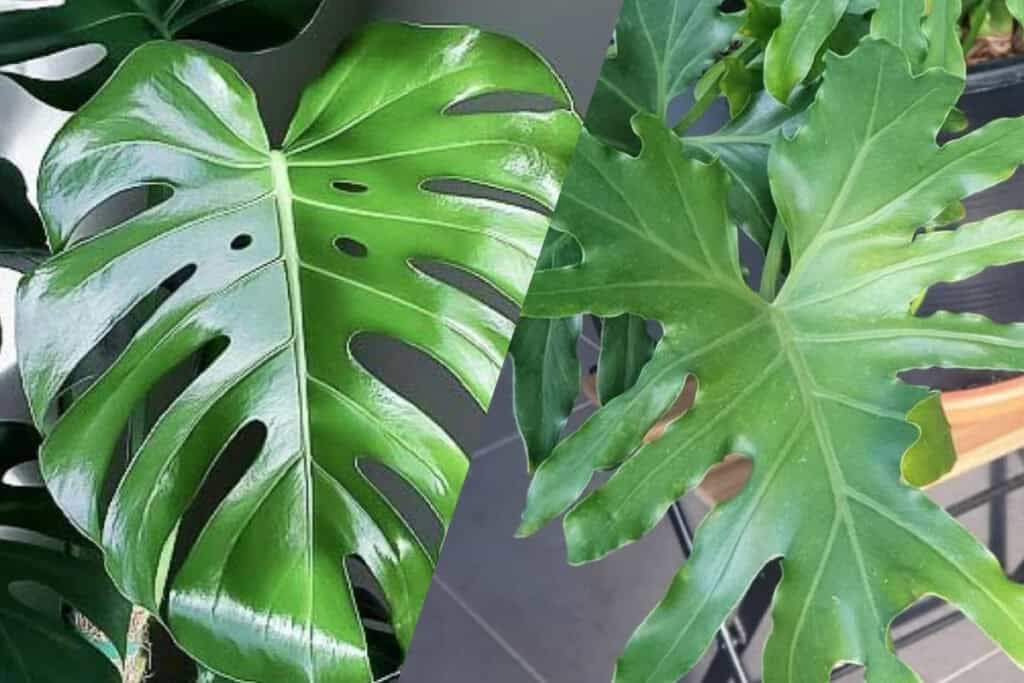Nearly 70% of houseplant enthusiasts confuse Monstera and Philodendron species, leading to unintentional care mistakes that can stunt their growth. You’ll find these tropical beauties competing for space in garden centers, but they’re actually quite different in their needs and appearance. If you’ve ever wondered why your “Monstera” isn’t developing those signature splits, or why your “Philodendron” seems unhappy in its sunny spot, you might be nurturing the wrong plant entirely.

Contents
- 1 The Origin Story: Where These Tropical Beauties Come From
- 2 Physical Differences: Leaves, Stems, and Growth Patterns
- 3 Light Requirements and Optimal Growing Conditions
- 4 Watering Needs and Humidity Preferences
- 5 Common Varieties and Their Unique Features
- 6 Potential Problems and Troubleshooting Tips
- 7 Best Placement Options for Your Home or Office
The Origin Story: Where These Tropical Beauties Come From
While both Monstera and Philodendron plants hail from the tropics, they’ve carved out distinct evolutionary paths in different regions. You’ll find Monstera deliciosa primarily in Southern Mexico and Panama, where it climbs up rainforest trees in search of filtered sunlight.
Philodendrons, with over 450 species, have spread across a broader territory. They’re native to the Caribbean and tropical Americas, stretching from Mexico down to southern Brazil. In their natural habitat, you’ll spot them growing as both climbers and terrestrial plants, adapting to various environmental conditions from sea level up to 6,500 feet in elevation.
Physical Differences: Leaves, Stems, and Growth Patterns

Though both plants belong to the Araceae family, you’ll spot key differences in their physical characteristics at first glance. Monstera leaves are significantly larger, often 12-36 inches wide, with distinctive natural holes called fenestrations. Their stems are thick and woody, growing from a central point.
Philodendron leaves are typically smaller, ranging from 2-12 inches, and have a heart-shaped or elongated form without natural holes. Their stems are thinner and more flexible, with aerial roots emerging from multiple nodes. You’ll notice philodendrons tend to vine or trail, while monsteras prefer to climb and grow upward.
Light Requirements and Optimal Growing Conditions
Despite belonging to the same family, Monstera and Philodendron have distinct light requirements for peak growth. You’ll find Monsteras thrive in bright, indirect light, needing at least 6-8 hours daily, while most Philodendrons adapt well to lower light conditions, managing with 4-6 hours of filtered light.
Keep your Monstera 3-6 feet from east or north-facing windows for prime growth. They’ll show signs of light stress, like yellowing leaves, when exposed to direct sun. Philodendrons are more forgiving – they’ll flourish under fluorescent lights or in spaces with minimal natural light, though they’ll grow faster with moderate brightness.
Watering Needs and Humidity Preferences
Light conditions play a major role in both plants’ health, but proper watering makes the real difference between thriving and merely surviving. Your Monstera prefers its soil to dry out between waterings, typically needing water every 7-10 days, while Philodendrons can handle slightly more frequent watering, about every 5-7 days.
Both plants thrive in humidity levels between 60-80%, but Philodendrons are more forgiving in average home conditions of 40-50%. You’ll want to mist your Monstera 2-3 times weekly or use a humidity tray, whereas most Philodendrons will do fine with occasional misting and natural humidity from your bathroom or kitchen.
Common Varieties and Their Unique Features
Plant enthusiasts can explore an amazing variety of both Monstera and Philodendron species, each offering distinct leaf patterns, sizes, and growth habits. While the Monstera deliciosa and adansonii showcase iconic fenestrations, you’ll find Philodendron varieties like the heart-leaf and Brasil displaying solid or variegated foliage.
Notable Monstera varieties include the rare albo variegata, with white patches, and the compact dubia. For Philodendrons, you can’t go wrong with the climbing micans, featuring velvety copper leaves, or the massive gloriosum with its heart-shaped, dark green leaves reaching up to 24 inches in length.
Potential Problems and Troubleshooting Tips
Both Monstera and Philodendron species can face common cultivation challenges that’ll affect their growth and appearance. You’ll often notice yellowing leaves from overwatering, brown spots due to low humidity (below 50%), or leggy growth from insufficient light.
If you spot tiny webs, you’re likely dealing with spider mites. Treat them immediately with neem oil, applying every 7-10 days. Root rot, characterized by soft, brown roots, requires immediate action: remove affected roots, spray with hydrogen peroxide, and repot in fresh soil.
Watch for leaf curl, which signals either underwatering or excessive light. Adjust watering to maintain slightly moist soil, and move plants 2-3 feet from windows if needed.
Best Placement Options for Your Home or Office
When choosing the perfect spot for your tropical beauties, you’ll need to take into account several key factors beyond just aesthetics. Light exposure is essential – both Monsteras and Philodendrons thrive 6-8 feet from east or north-facing windows where they’ll receive bright, indirect sunlight.
For ideal growth, maintain room temperatures between 65-85°F and position your plants away from AC vents or drafty areas. In offices, place them 18-24 inches from walls to allow proper air circulation.
Corner spaces near windows work exceptionally well, while bathrooms with adequate lighting can provide the humidity these plants crave, typically 50-60%.
